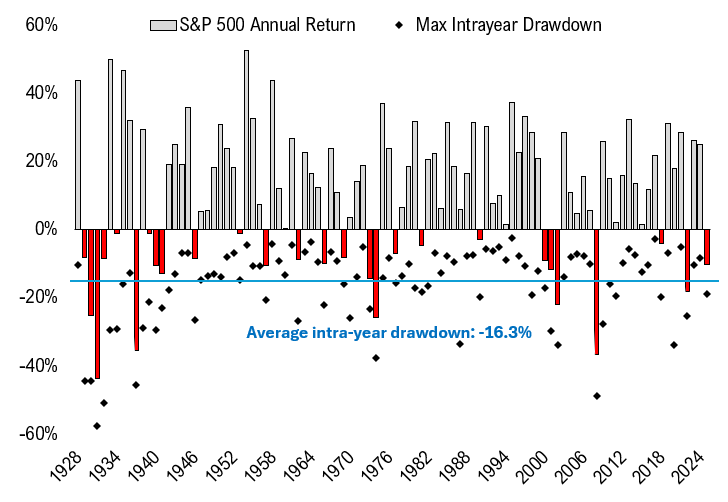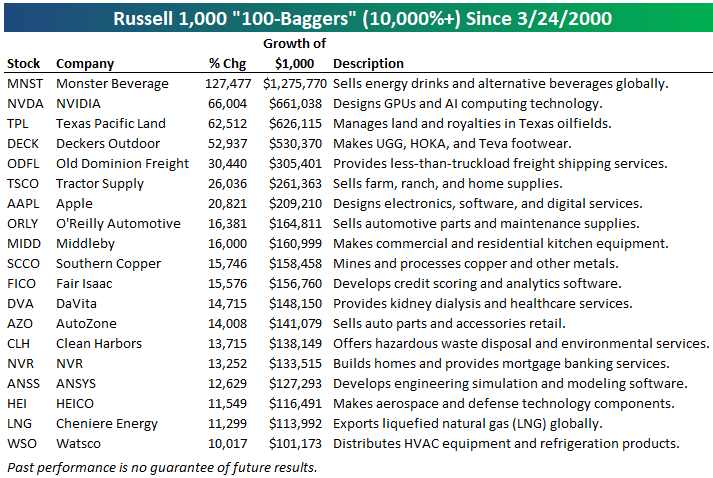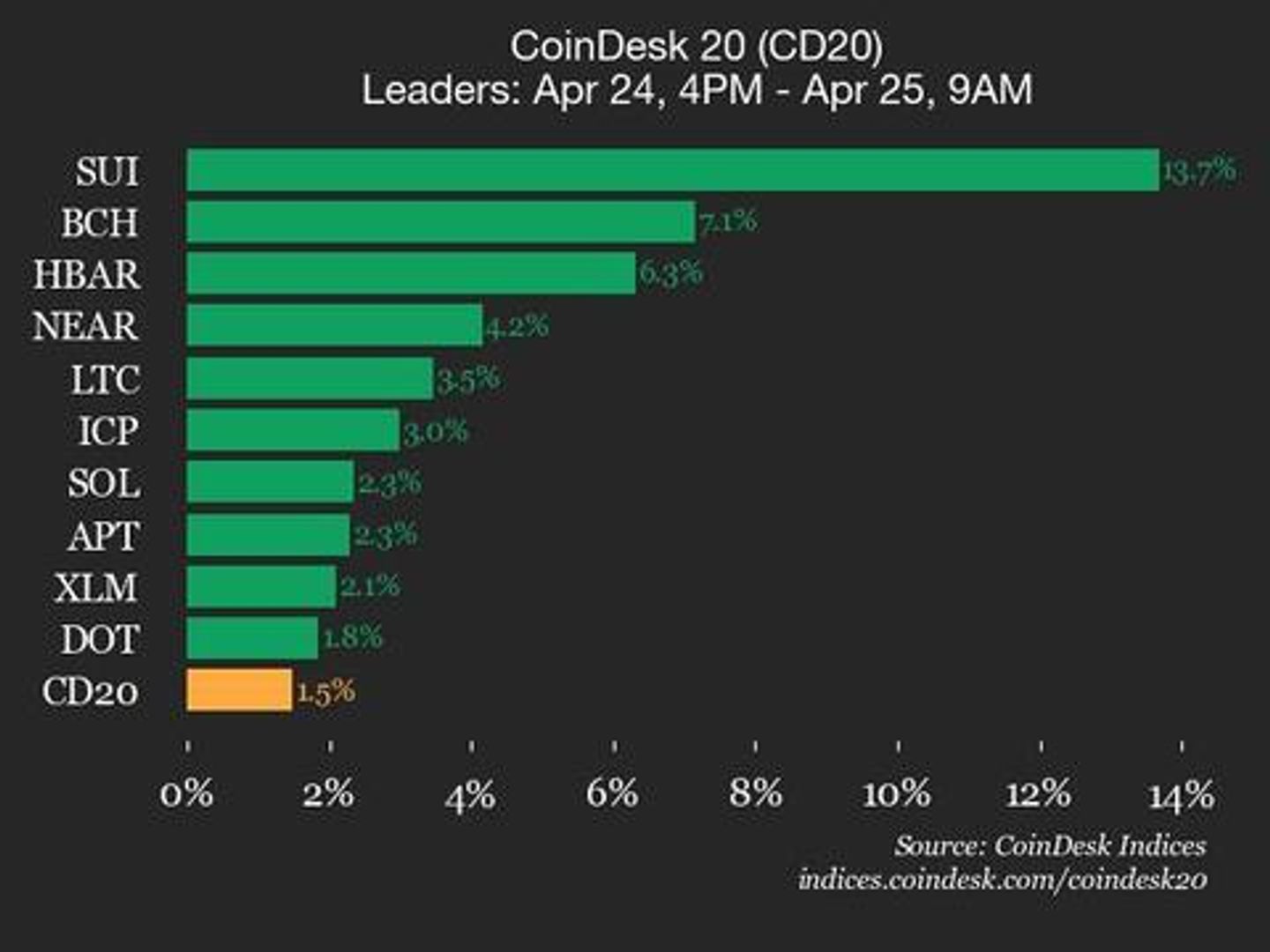Is It Possible to Retire By 35 If You’ve Saved $3 Million?
Indeed, $3 million feels like more than enough to retire on at the age of 35. Before you click away from this piece, though, it’s worth noting that there are, of course, assumptions made when answering such a question. For the few overachievers who can manage to accumulate a sizeable nest egg at such a […] The post Is It Possible to Retire By 35 If You’ve Saved $3 Million? appeared first on 24/7 Wall St..

Indeed, $3 million feels like more than enough to retire on at the age of 35. Before you click away from this piece, though, it’s worth noting that there are, of course, assumptions made when answering such a question. For the few overachievers who can manage to accumulate a sizeable nest egg at such a young age, the “right” amount to retire on comes down to one’s lifestyle and the expenditures it entails.
For most, it goes without question that $3 million is enough to fund a retirement that could span another five decades. However, for someone who spends every dollar that comes in (and then some), perhaps $3 million wouldn’t be enough to keep up. Of course, the same could be said for just about any amount of money. If one is going to draw down well north of 4% (let’s say 8% or more), there’s a risk of running out of money. And one would probably need a fatter nest egg to keep up with the luxurious lifestyle.
For the average American lifestyle, $3 million will more enough to get the job done, regardless of one’s age if one goes by the standard “4% rule,” which entails withdrawing 4% of the nest egg in any given year, or something more conservative (let’s say the 2-3% rule). In this piece, we’ll explore the best ways for a young overachiever to put a $3 million sum to work.
Key Points
-
A $3 million sum is enough for many to retire on. Depending on one’s lifestyle, one may be able to live off the dividends generated by a $3 million nest egg alone.
-
Are you ahead, or behind on retirement? SmartAsset’s free tool can match you with a financial advisor in minutes to help you answer that today. Each advisor has been carefully vetted, and must act in your best interests. Don’t waste another minute; get started by clicking here.(Sponsor)
How to position a $3 million nest egg for a moderate early retirement
Based on the 4% rule, one would be able to draw down $120,000 before taxes in any given year. That’s a generous amount that can fund a fairly comfortable retirement. If, like many Americans, one’s annual expenditures are far lower, a more conservative withdrawal rate of 2% could be adopted to allow one’s invested principal to keep growing in any given year. Indeed, just because you can draw down 4% doesn’t mean you should, especially if you have no plans of upgrading your lifestyle, especially if it means having most invested in the market at any given time.
With such an exorbitant nest egg and a moderate lifestyle, one may be able to live off the dividends and interest without having to touch one’s invested principal. There are some pretty potent ETFs that offer the perfect balance of dividends and growth. The Vanguard Dividend Appreciation Index Fund ETF (NYSEARCA:VIG) stands out as a perfect option for a young retiree seeking to live off dividends that stand to be increased by a generous amount every single year.
With a 1.83% dividend yield, one will get close to $55,000 per year in dividends. Perhaps the best part of the VIG, though, is the magnitude of dividend growth to be had in any given year. Over the past 10 years, the VIG has averaged just north of 8% in annualized dividend growth, with some years offering closer to 10%.
Indeed, that’d be like receiving an 8-10% raise every single year, something that many Americans struggle to get in the workforce. Either way, I think a dividend-growth ETF could allow a moderate early retiree to get the best of both worlds (growth and passive income).
How about a “fat FIRE” type of lifestyle?
Even for a more lavish lifestyle, a $3 million sum is enough to get the job done. Though there’s no formal definition of how much it takes to achieve “fat FIRE,” most would agree that a six-figure annual income would be good enough to get the job done. Based on the 4% rule, the $3 million nest egg would fit the bill for someone looking to get “fat-FIRE’d.” Though living off just the dividends would be a “growthier” way to go, those keen on “fat FIRE” and a $120,000 or so annual income are still unlikely to run dry, so as long as they don’t start drawing down more than 4%.
The post Is It Possible to Retire By 35 If You’ve Saved $3 Million? appeared first on 24/7 Wall St..




































































































































































